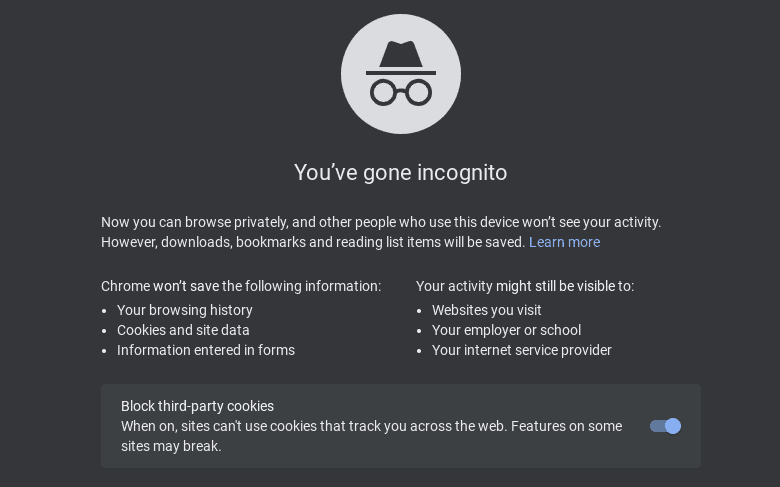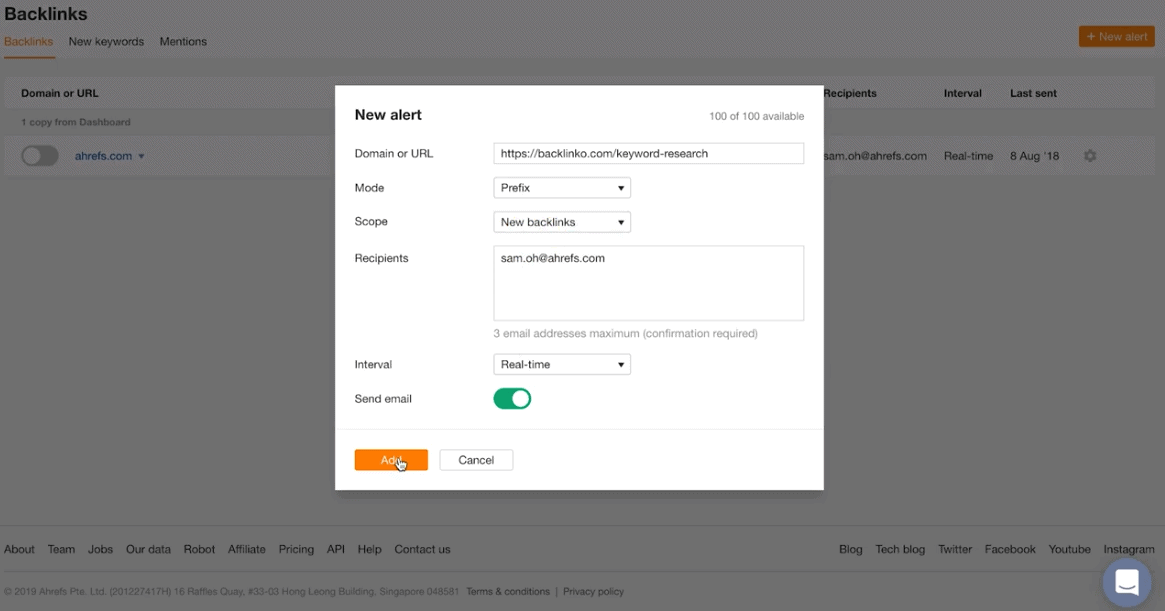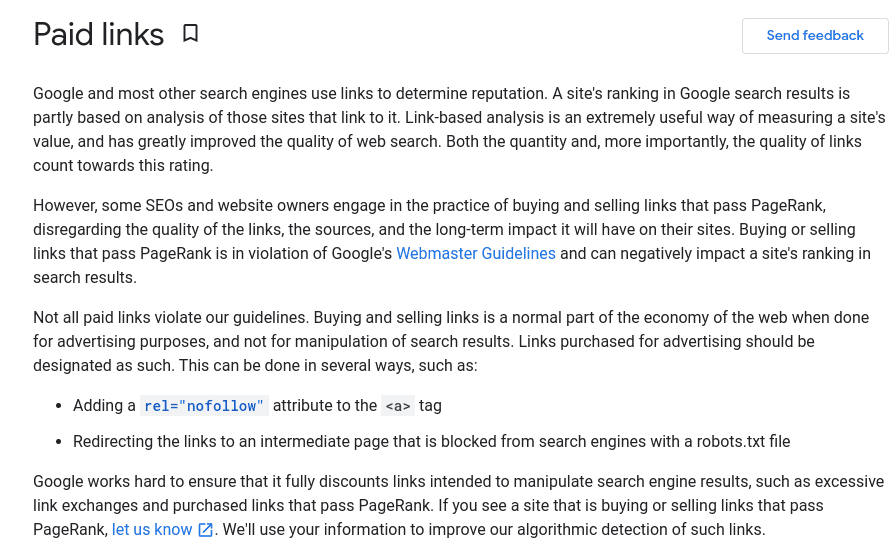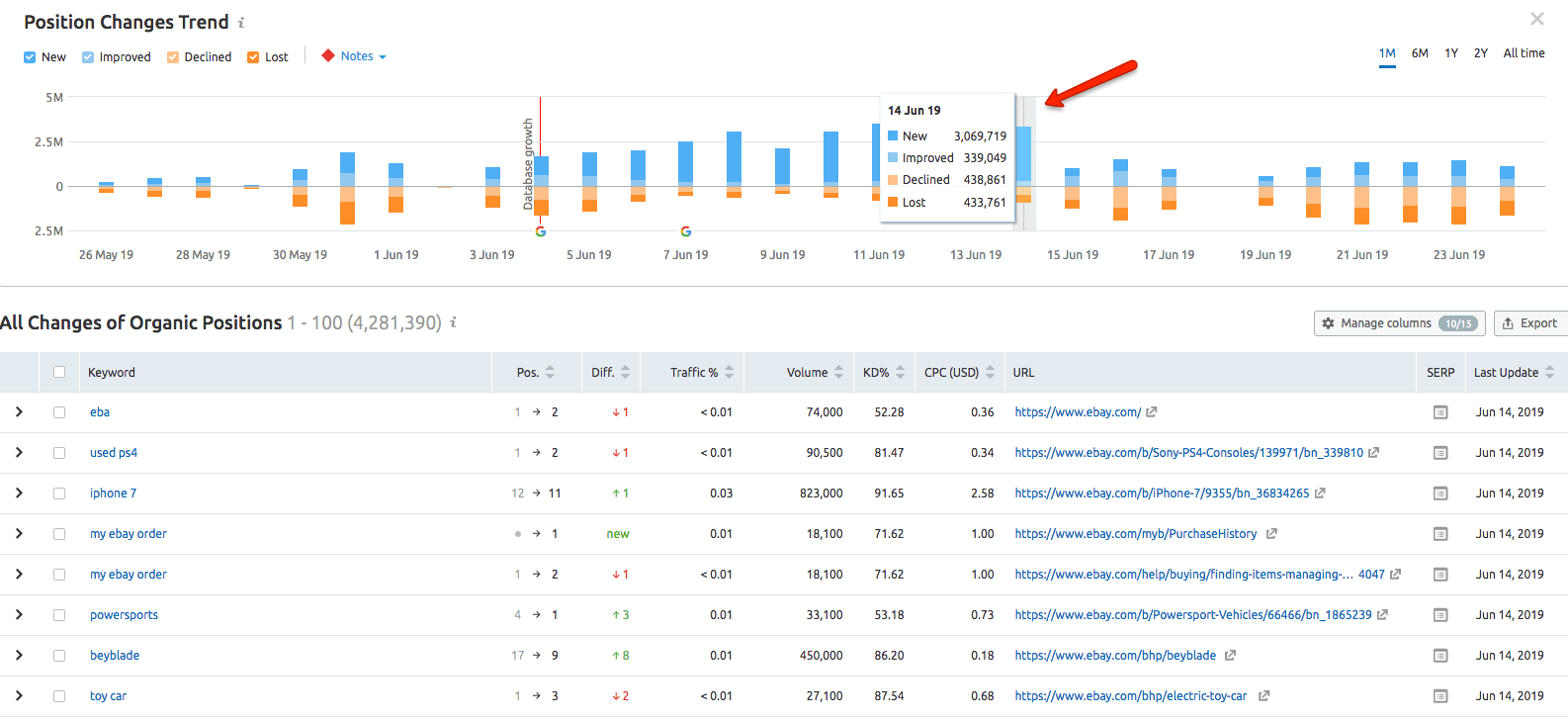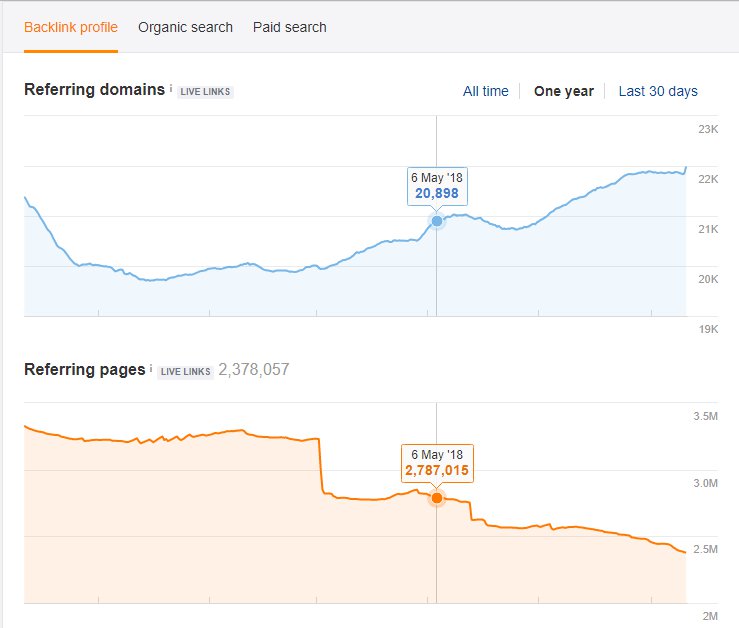- Citation flow: This focuses more on the number of your backlinks; citation flow estimates how popular your website is.
This data will give you something of a baseline for your website, but that’s not all. By conducting these tests on your competitors’ websites, you can glean insights into where you need to improve. Majestic is the best tool for this job, and it will highlight for you exactly what your best-performing pages are, as well as the most popular pages of your competitors.
Content Audits and Competitor Content Analysis
After, you need to carry out a content audit of your biggest competitors. Again, Ahrefs has the most easy-to-use features to help you with this, but there are alternatives that you can choose to suit your budget. Enter your competitors’ URLs into your link checker and (if you’re using the Ahrefs URL Profiler or the same tool on Buzzsumo) sort the content they have on the pages into high to low total shares and backlinks. Do this regularly with your own website because it will let you see a detailed breakdown of what kind of content your audience is engaging with and what you’re doing right (and wrong). Rather than making guesses blindly, start making changes that make a difference.
You should now have a list of the highest performing content your competitors have created and what kinds of content are backlinked to the most.
Top Tip: Do this kind of content analysis for domains that aren’t your direct competitors. Type your keywords into Google and then copy and paste the top 10 results into the Batch Analysis field on Ahrefs. This will give you a list of potential backlink sources related to your niche but aren’t competitors.
Now that you have a list of the most highly trusted and linked to pages on your competitor sites, make sure that you place the ‘one link per domain’ to eliminate any potential spam links. This will leave you with the highest authority backlinks. Reach out to those domains and submit your own great content for guest publication. Ensure that you manually review each domain before you contact them and that if you spot an opportunity to send them content, what you send to them will benefit their target audience.
Also, find guest posting possibilities by researching authors and industry thought leaders, even if they are significantly bigger than your own business. Type in:
‘Author name’ inurl:author
This will give you a complete list of any posts or articles they have written, meaning those publishing sites could be a possible source of guest posting opportunities.
Broken Competitor Links
It’s important to understand the importance of broken competitor links. If a competitor has a broken link that appears on another website, you have a golden opportunity to replace their broken link with one of yours. All of the backlink research tools will help you do this, and it can be one of your most high-value opportunities.
To replace a broken link, offer content that the website owner can link to as a replacement. To ensure that you have a good chance of the website owner accepting your offer, you need to create relevant content to the website’s niche that provides value. Also, you must learn how to write persuasive pitching emails to improve the probability of the website using your new link. Many email marketing software has templates that you can follow to help you write a good pitching email. Many have the functionality to batch send that email to multiple recipients. This allows you to target numerous broken backlinks at once.
If you don’t feel comfortable doing this yourself, even with the help of the tools, reach out to professionals who do this all the time. They can complete the task quickly and easily for you, giving you the best chance to secure guest posting opportunities. It may cost you money upfront, but getting it done right the first time ensures you don’t waste time with bloggers ignoring your email.
If you decide to tackle it on your own, do the following:
To pitch to website owners, you’ll first need to acquire their contact details. Although some websites might have a ‘contact us’ form, it could take days for the website or blog to reply to your query. Instead, you can gain more direct access to the website owner by using one of many pieces of software that can find contact details instantly. Some of the best software include the following, but do bear in mind that most of these require a paid subscription to use:
- Voila Norbert
- Hunter
- Find That Email


